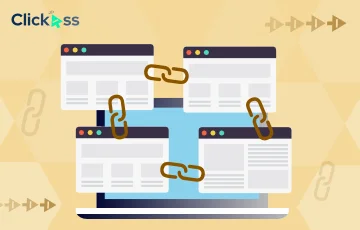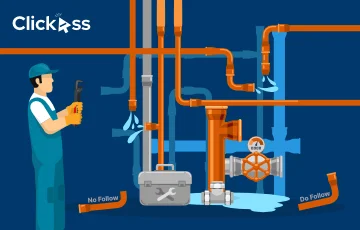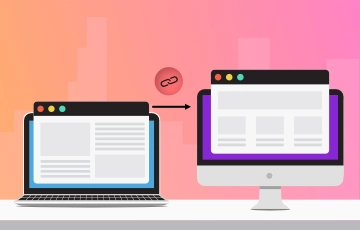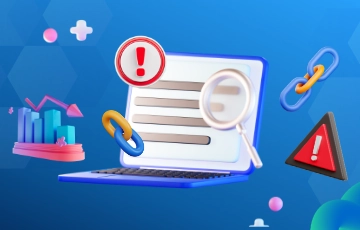Key Takeaways
- Discover why manual link building still outperforms automation in 2025.
- Learn how to identify and pitch link-worthy content.
- Get step-by-step outreach frameworks that earn replies.
- Avoid Google penalties with safe, white-hat techniques.
- Build long-term authority through relevance, not shortcuts.
“Manual link building feels like going door-to-door in a digital world—but it works.”
If you’re an SEO beginner, solopreneur, or content marketer frustrated by soulless automation, you’re in the right place.
In 2025, Google’s smarter, and editors are more selective—mass outreach just doesn’t cut it.
We tested this ourselves: 300 automated emails sent, zero links. Then we manually wrote 12 personalized pitches—and landed a DR70 backlink in under 24 hours.

Manual link building is a long game, but it builds lasting SEO equity.
This guide walks you through the exact steps we use to earn trust, replies, and real authority.
What is Manual Link Building?
Manual link building is the process of earning backlinks by personally identifying opportunities and reaching out to website owners, editors, or content managers with tailored pitches.
It’s about relevance, relationship, and results—done by real people, not scripts or scraping tools.
Unlike automated link building, which relies on tools to blast hundreds of generic outreach emails, manual link building is human-first.
You handpick sites, customize your message, and often offer value—like improving existing content, suggesting helpful resources, or offering guest contributions.
The core difference is simple:
automation prioritizes volume, while manual link building prioritizes trust.
Key Benefits:
- Safety: Manual outreach aligns with Google’s quality guidelines and avoids spam triggers.
- Relevance: You choose niche-relevant targets, increasing contextual link power.
- Authority: Links built this way often live on higher-quality sites with better traffic and editorial standards.
“Manual links aren’t just backlinks—they’re endorsements you earn.”
Why Manual Link Building Matters in 2025
In 2025, manual link building matters more than ever.
Google’s March 2024 core update took a hard stance against spammy and manipulative backlink tactics. Sites that relied on automated outreach, low-quality guest posts, or mass link insertions saw their rankings tank—many even received manual action notices.
This update wasn’t just a one-time crackdown. It marked a shift in how Google evaluates links.
The focus is now firmly on context, editorial relevance, and genuine value. That’s exactly where manual link building thrives.
When you take the time to research a site, personalize your message, and offer real value—like updating outdated content or providing unique insights—you create backlinks that are natural, trusted, and algorithm-proof.
Unlike automated methods that leave digital footprints, manual efforts show intent and authenticity.
Manual link building aligns with how search engines—and people—expect the web to work. It’s about earning mentions, not tricking algorithms. And while it may take longer, the results last. You get links placed in relevant content, seen by real audiences, and valued by Google.
In a landscape filled with automation fatigue and AI overload, human-first outreach stands out. Manual link building isn’t old-school. It’s the future-proof SEO strategy that actually works in 2025.
Automatic vs. Manual Link Building
Automatic link building relies on tools to scale outreach—sending mass emails, auto-filling templates, and placing links on a large volume of sites with little human effort.

While it sounds efficient, it often results in low-quality backlinks, irrelevant placements, and a high risk of spam penalties.
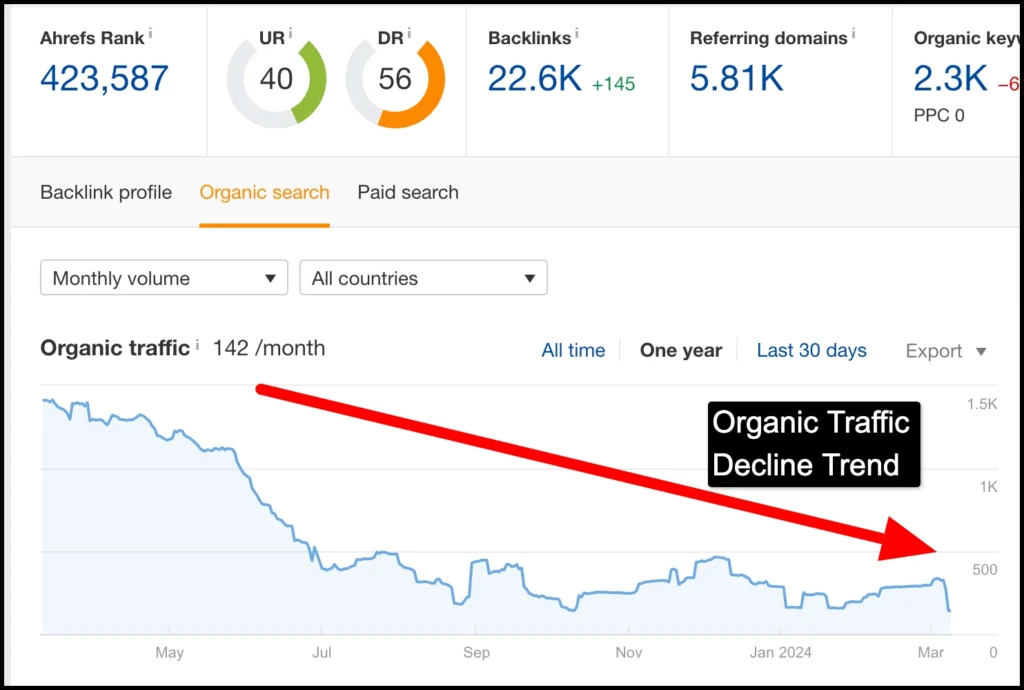
Manual link building, on the other hand, is slower but smarter. You personally research targets, tailor your outreach, and focus on quality over quantity. Instead of hoping your link sticks, you earn it—through relevance, context, and relationship-building.
The biggest difference? Control and credibility.
With automation, you sacrifice both.
Manual gives you full control over where your links appear and how they align with your content strategy.
It may take more time, but it builds links that actually move the SEO needle—and won’t get you penalized.
In 2025, the choice is clear: short-term scale or long-term success.
Manual wins every time.
Is Manual Link Building Still Worth It in the Era of AI?
Absolutely.
In fact, it’s more valuable than ever. While AI tools can help with research and drafting, they can’t replace genuine human connection.
Editors can spot lazy, templated outreach instantly—and so can Google.
Manual link building brings authenticity, context, and trust that automated systems can’t replicate.
In a time when inboxes are flooded with AI-generated pitches, a thoughtful, personal message stands out.
That’s why manual outreach still drives the highest-quality backlinks. It’s not outdated—it’s the exact kind of real-world value that modern SEO demands.
📚Read more: Top AI-Powered Link Building Trends for 2025 [From 15 Experts]
Essential Manual Link Building Techniques That We Execute
Manual link building delivers lasting results when approached as a relationship-driven strategy rather than a numbers game.
At Clickass, the focus remains on delivering value first—ensuring every backlink earned is contextually relevant, editorially sound, and algorithm-safe.
Here are the essential techniques executed for SaaS GTM brands:
1. Building Relationships by Offering Value
Rather than jumping straight to the backlink request, the approach begins with helping the target site improve their content—whether by updating outdated information, fixing broken links, or contributing expert insights.
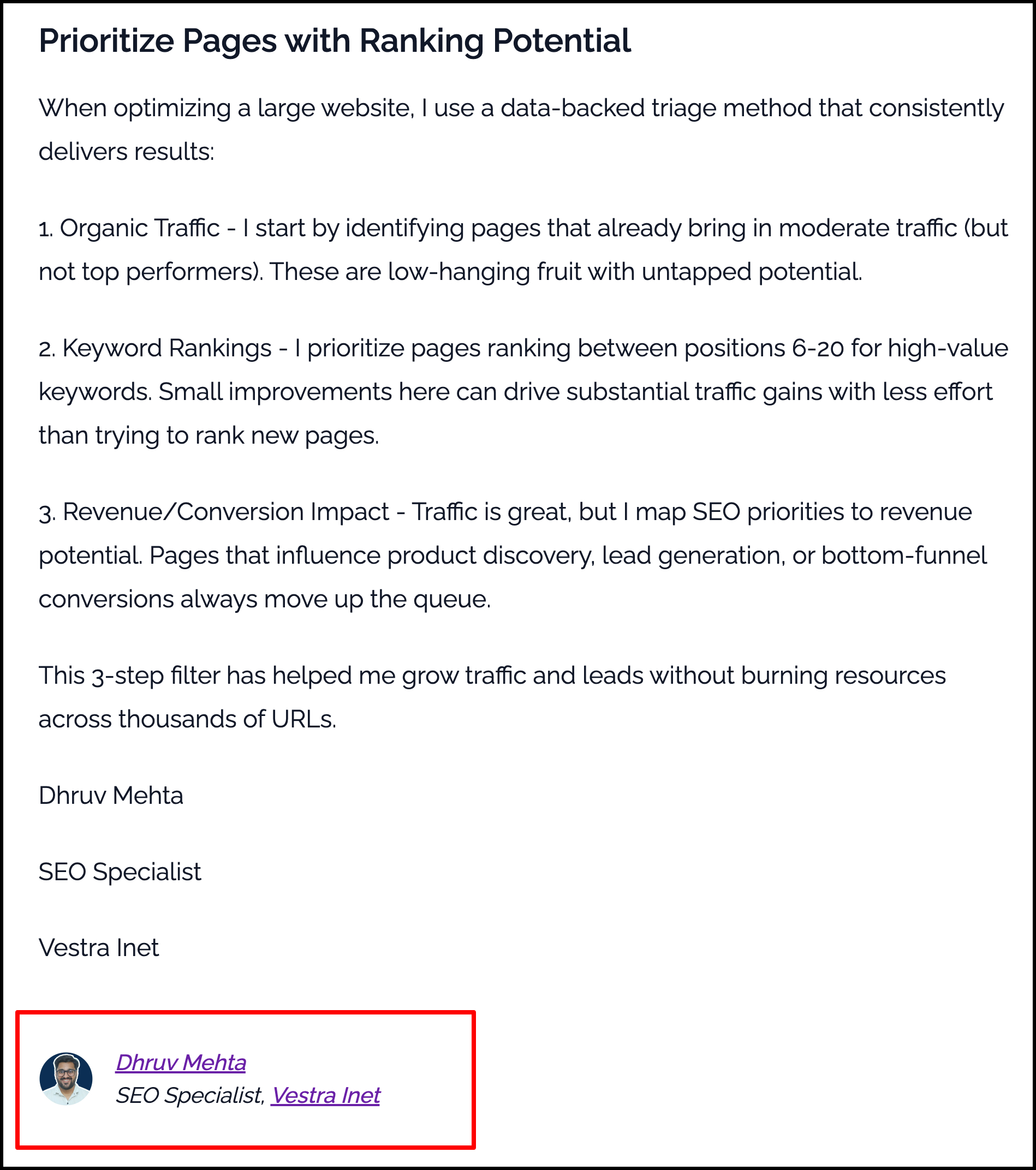
This upfront value often earns natural link placements.
2. Guest Blogging
Guest posting remains effective when it provides original insights and aligns with the host site’s audience.
The strategy focuses on offering educational, non-promotional content that fills editorial gaps.
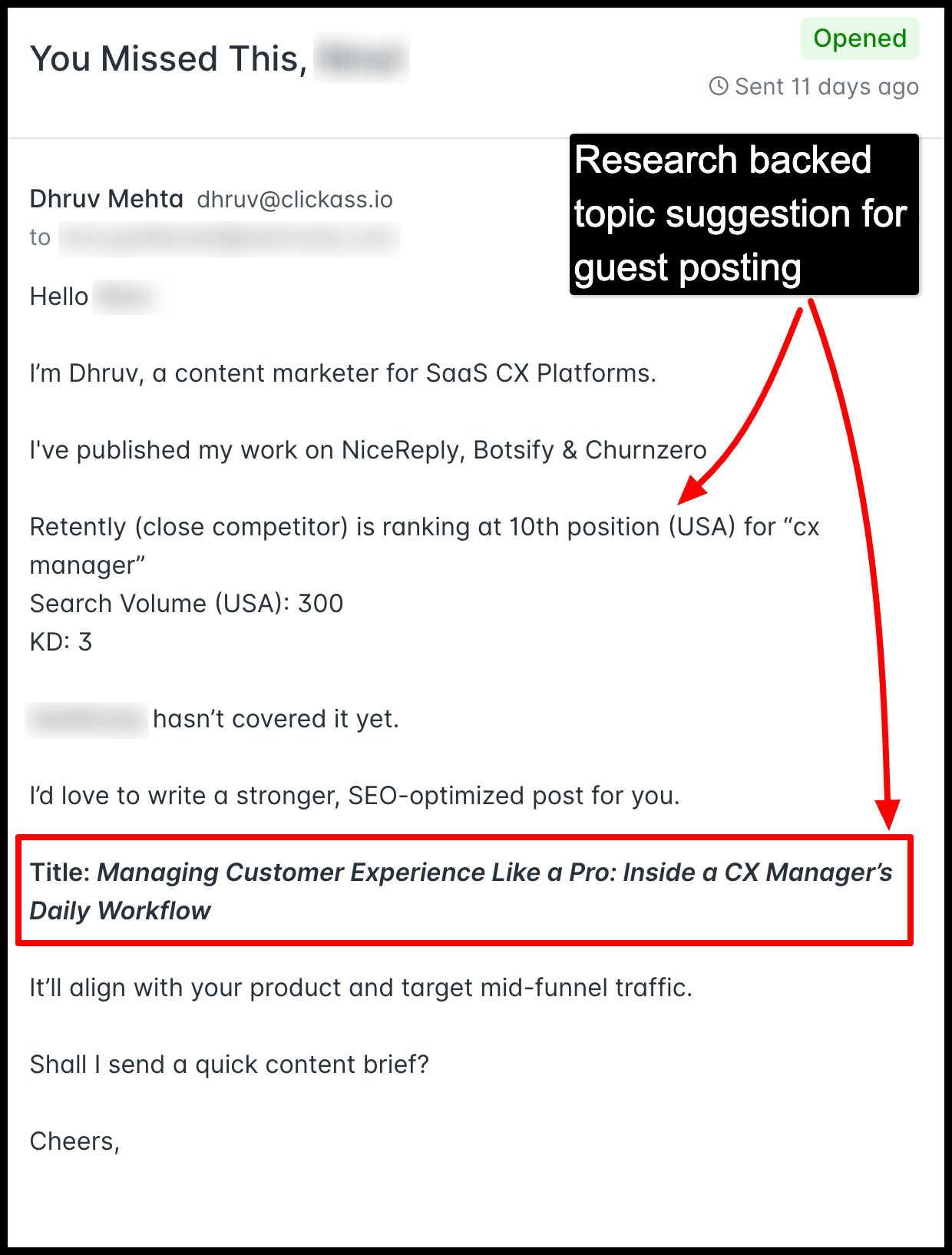
3. Contextual Link Inserts
Contextual link insertion involves identifying existing content where the product fits naturally.
The outreach includes suggestions that strengthen the article’s value by adding credible, relevant sources.
4. ABC Link Exchanges
While direct link exchanges carry risk, ABC link building remains a safe and effective alternative.
It involves three parties linking in a circular manner to avoid reciprocal footprints.
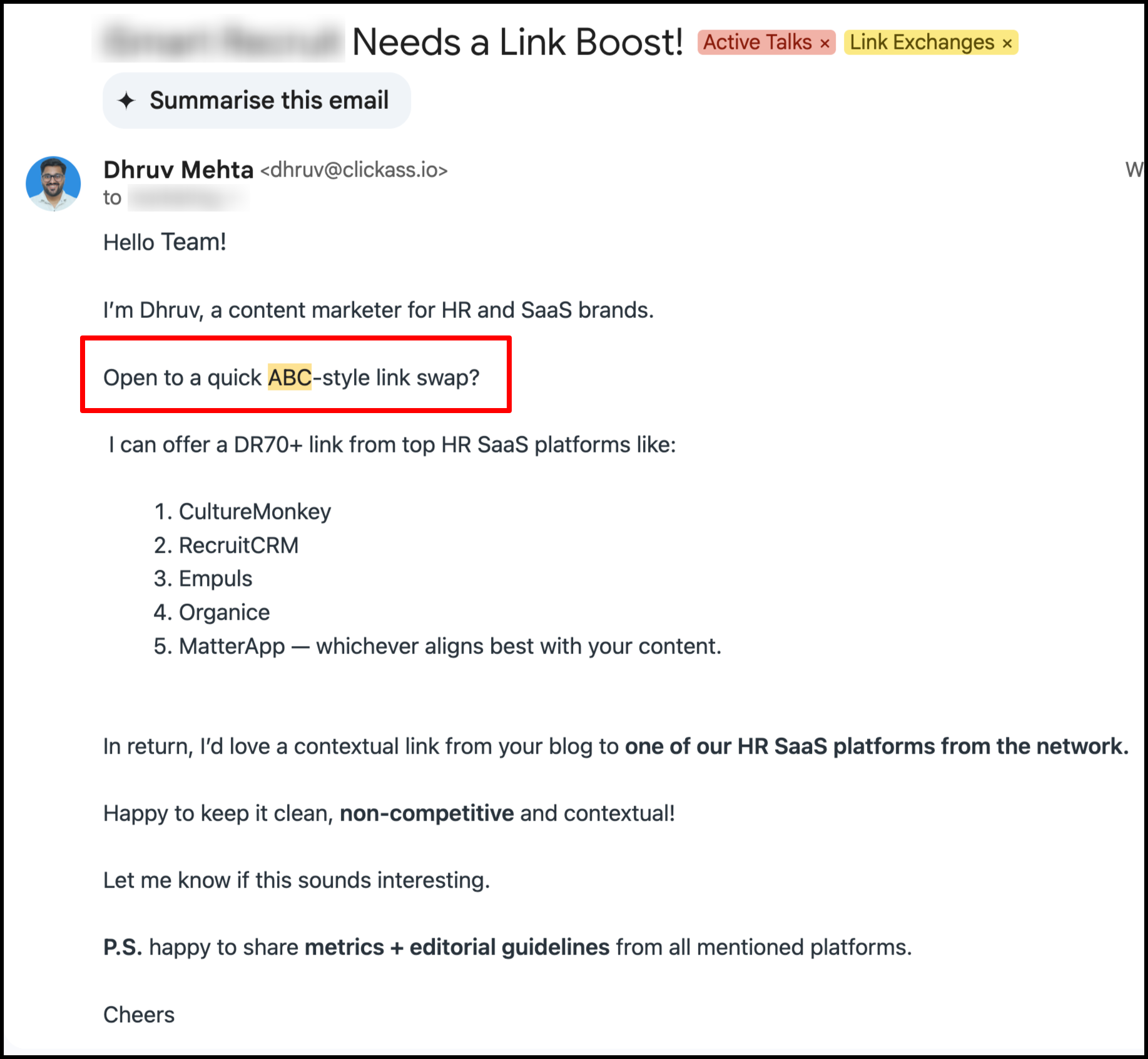
These techniques not only improve backlink profiles but also contribute to brand visibility, editorial trust, and long-term SEO performance.
Each method aligns with Google’s guidelines while maximizing contextual relevance and authority.
Step-by-Step Manual Link Building Process
Manual link building is most effective when approached with structure and precision. Each step—from identifying content worth linking to, to community engagement—plays a key role in earning backlinks that boost authority and withstand algorithm shifts.
Here’s a streamlined five-step process used to build consistent, white-hat links.
Step 1 – Identify Link-Worthy Content
Link-worthy content is the foundation of every successful campaign.
This typically includes blog posts, data-backed guides, industry reports, case studies, and resource pages that solve real problems or offer unique value.
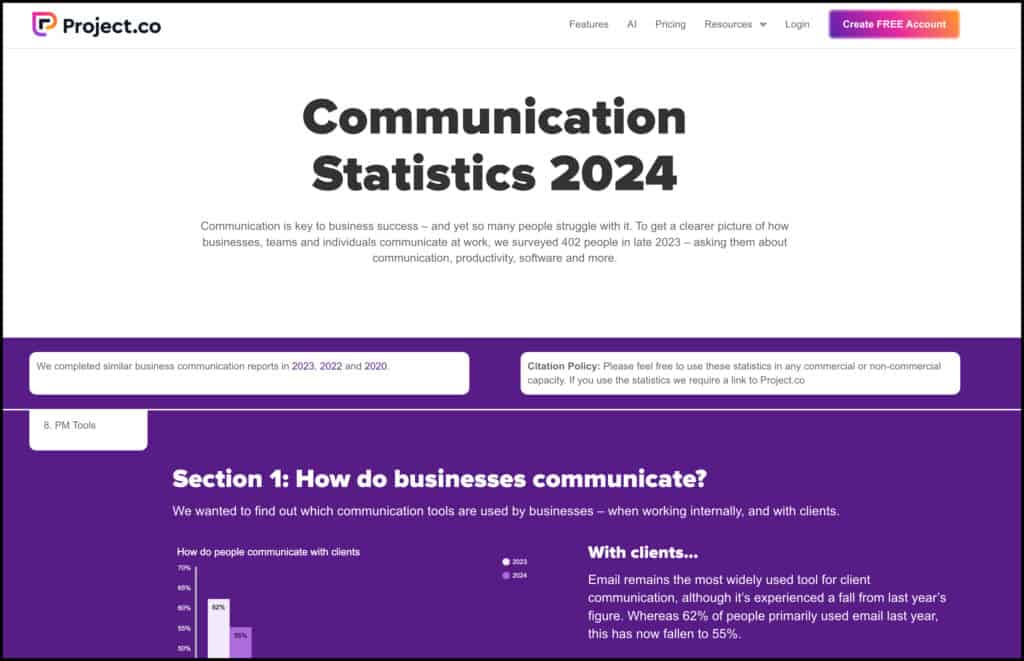
To begin, audit the site’s existing content to identify pieces that have already earned links or high engagement.
Tools like Google Analytics, Ahrefs, or SEMrush help surface top-performing URLs based on traffic and backlinks. Content that’s evergreen, well-researched, and designed to educate often performs best.
A strong rule of thumb: if the content is good enough to be shared on social without hesitation, it’s probably good enough to earn a link.
Step 2 – Prospect Potential Link Opportunities
Once the content is selected, the next step is identifying websites that are thematically relevant and likely to link back.
This includes resource roundups, industry blogs, comparison articles, SaaS listicles, and competitor backlink profiles.
Using Ahrefs’ “Link Intersect” feature helps pinpoint domains that link to competitors but not yet to the target site. Manual SERP scans and advanced Google operators (like intitle:resources + [keyword]) also reveal outreach opportunities.
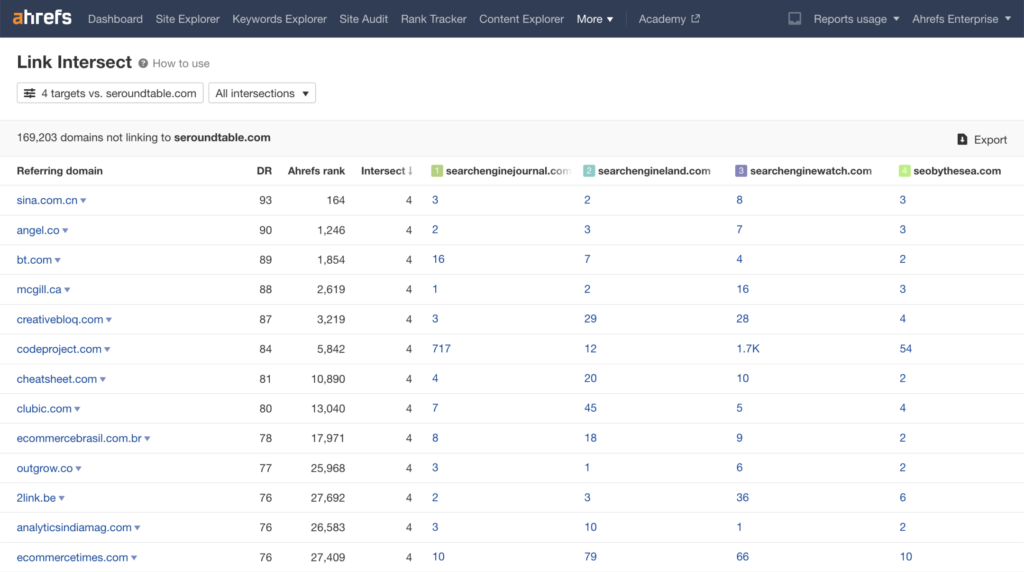
Every prospect should be vetted for domain quality, topical relevance, and editorial credibility before outreach begins.
Step 3 – Craft Personalized Outreach Messages
Generic templates don’t work anymore. Personalized outreach that references the recipient’s content, tone, or recent updates dramatically increases open and response rates.
Here’s a simplified template that continues to earn replies:
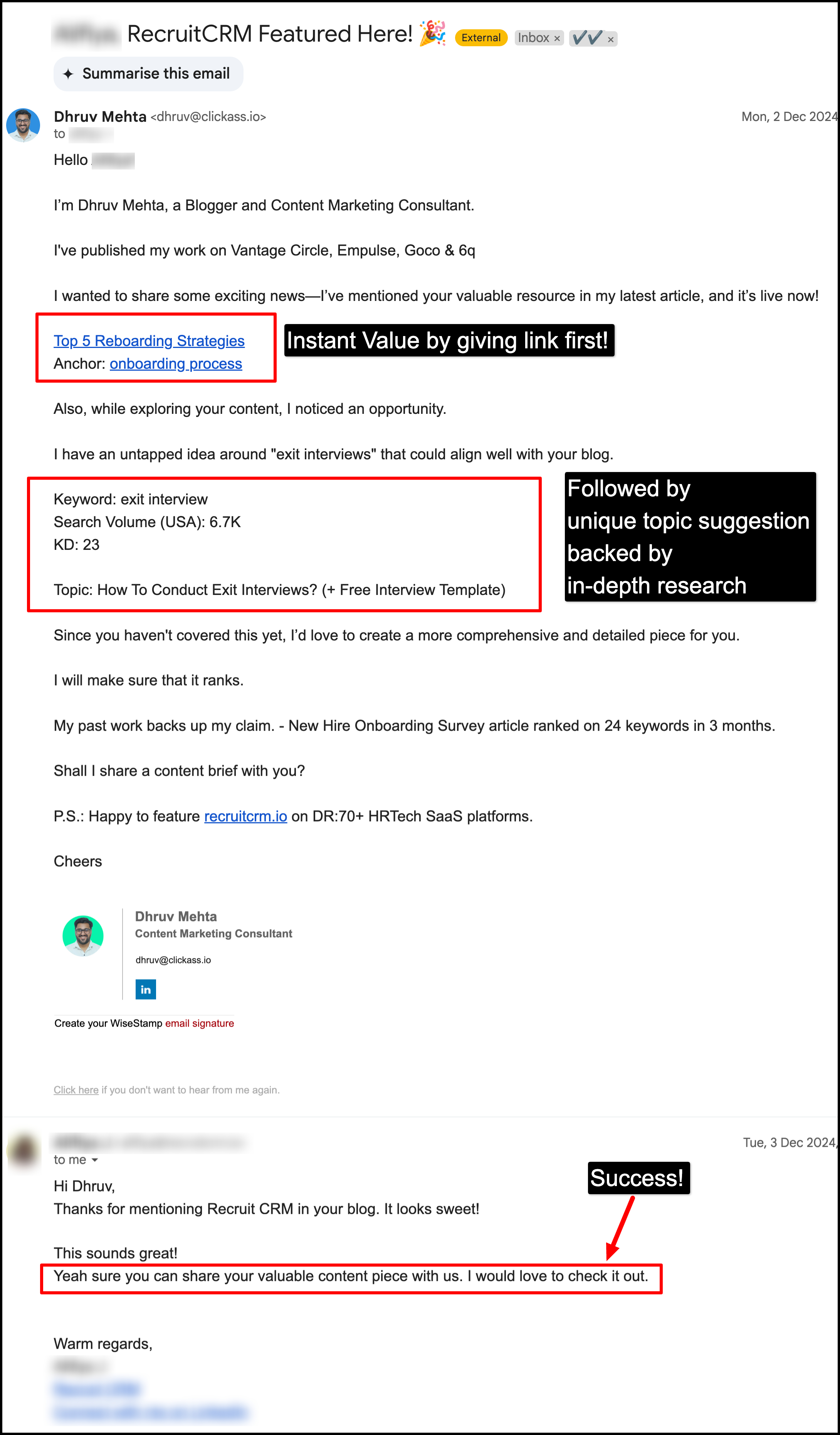
📋 Read more: Manual Link Building Checklist for 2025 →
Step 4 – Leverage Broken Link Building
Broken link building involves identifying dead links on other sites and offering a relevant replacement. It helps the publisher while earning a new link in return.
Tools like “Check My Links” or Ahrefs’ Broken Backlinks report help uncover opportunities. The pitch here is simple: point out the broken link, suggest a replacement, and frame it as a quick win for their readers.
Step 5 – Engage in Community Participation
Beyond outreach, backlinks can come from organic mentions in community-driven platforms like Reddit, Quora, Hacker News, or SaaS-focused Slack groups.
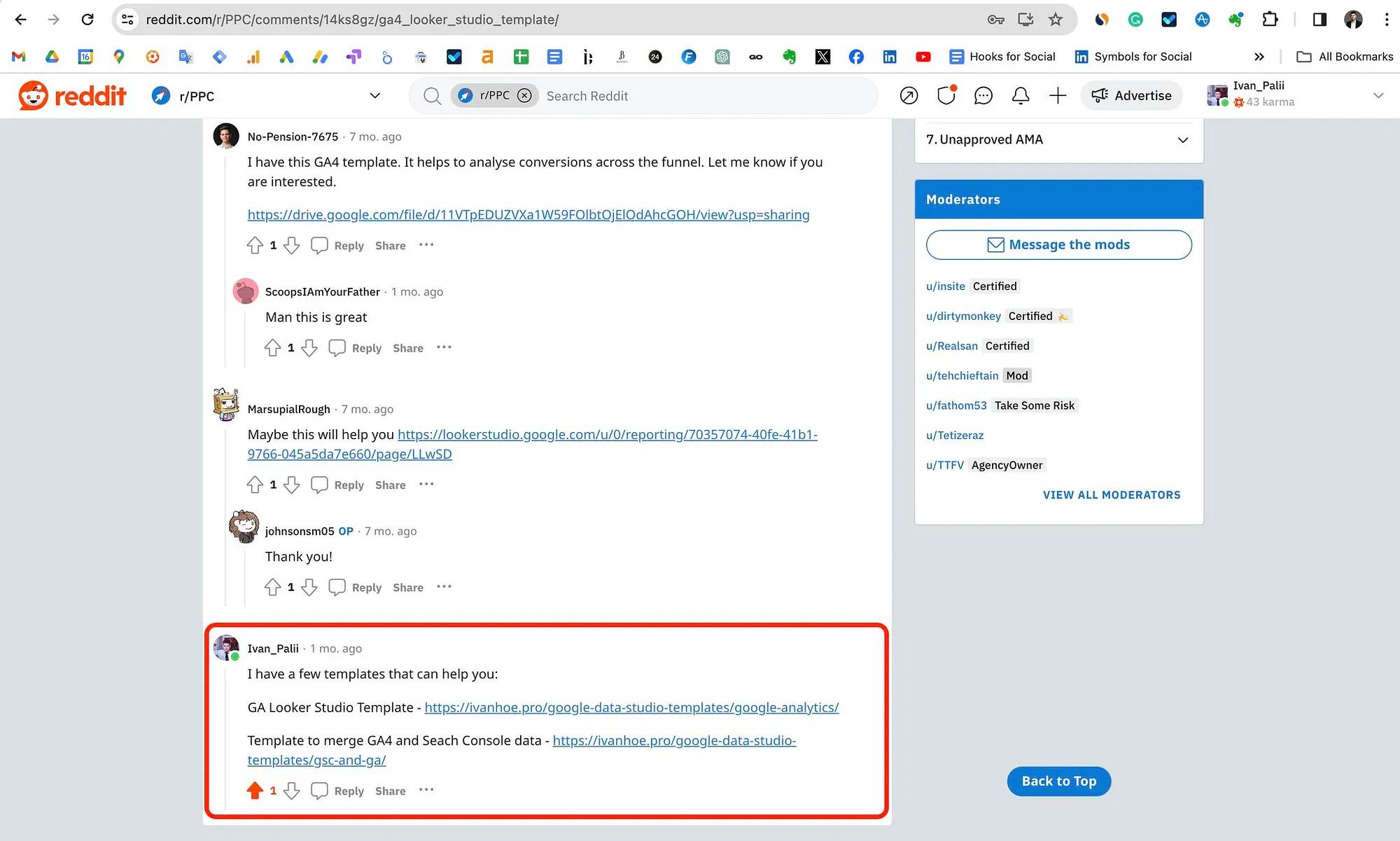
Answering questions, providing case studies, or referencing useful tools in a non-promotional way often results in links.
Genuine participation—not self-promotion—is what builds credibility and earns backlinks from trusted community pages and blog mentions.
5 Tools to Aid Manual Link Building
While manual link building relies on personalization and relationship-building, the right tools can streamline research, outreach, and tracking.
These tools support key parts of the process without sacrificing quality or authenticity.
1. Ahrefs
Use case: Analyze competitors’ backlinks, identify link opportunities, and monitor new referring domains.
Free trial? No, but offers limited features with Ahrefs Webmaster Tools.
2. Hunter.io
Use case: Find verified email addresses for outreach by scanning domains and LinkedIn profiles.
Free trial? Yes, includes 25 monthly searches on the free plan.
3. BuzzStream
Use case: Manage outreach campaigns, schedule follow-ups, and keep track of email responses in one place.
Free trial? Yes, comes with a 14-day trial.
4. Check My Links (Chrome Extension)
Use case: Scan web pages for broken links and quickly identify link replacement opportunities.
Free trial? Yes, fully free and easy to install.
5. Respona
Use case: Combine prospecting and personalized outreach at scale with built-in email sequences and templates.
Free trial? No, but includes a live demo and tiered pricing plans.
Each tool complements manual outreach by saving time on repetitive tasks—so more energy goes into crafting real connections.
Measuring the Success of Your Link Building Efforts
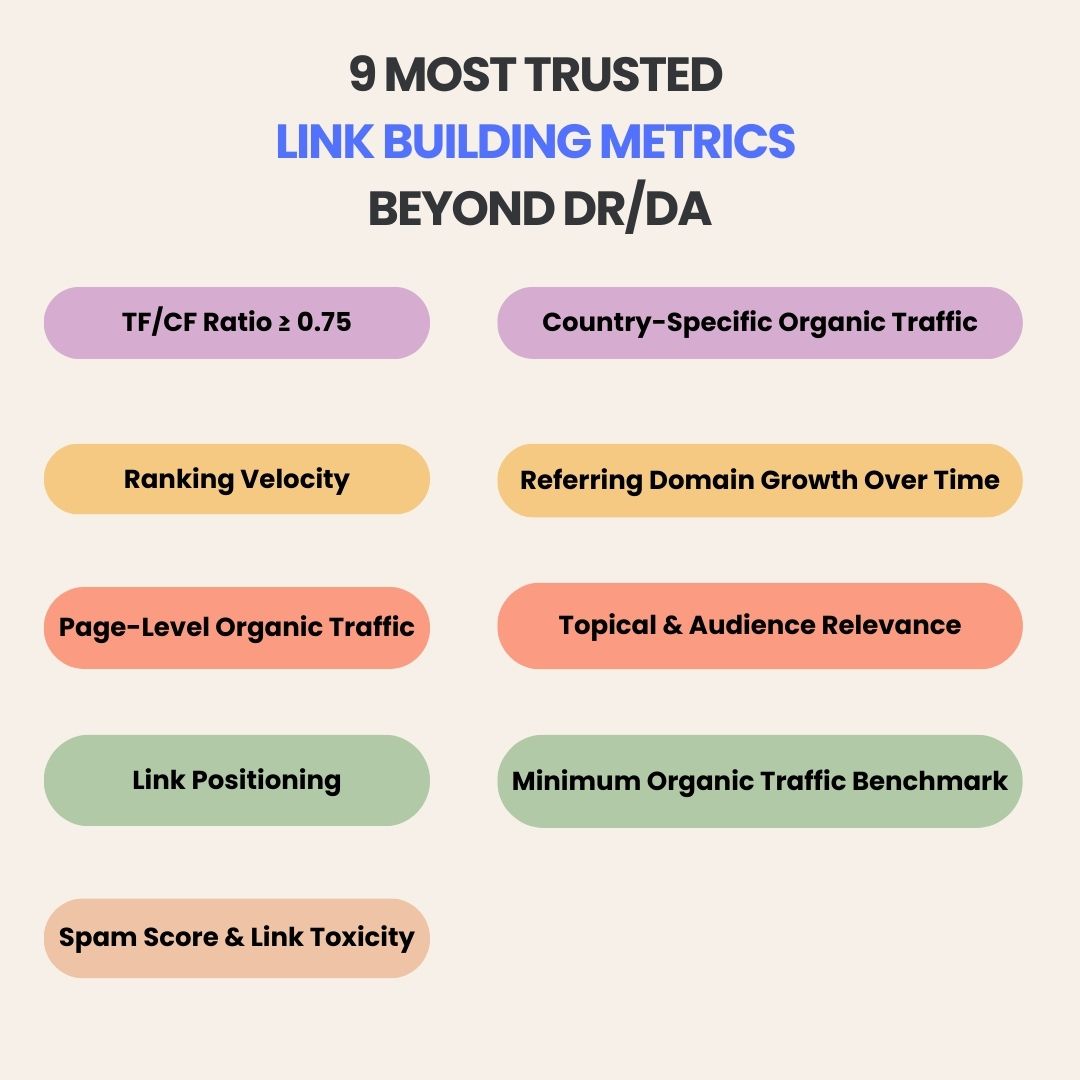
To know if manual link building is working, it’s important to track both qualitative and quantitative results.
The first and most obvious metric is the number of acquired backlinks—but that’s just the start.
Use tools like Ahrefs, Google Search Console, or SEMrush to monitor increases in referring domains, organic traffic, and keyword rankings over time. Pay attention to link quality: are the links coming from relevant, authoritative domains? Are they indexed and do they drive referral traffic?
Beyond numbers, look at response rates from your outreach campaigns.
High open and reply rates often indicate that your messaging is on point and your content is valuable.
Over time, strong backlink profiles support better content visibility, improved domain authority, and long-term ranking stability.
The key is to view manual link building as a flywheel—initial traction may be slow, but results compound with consistency, quality, and relationship-driven strategy.
📚 Read more: Tiered Link Building: How to Amplify Link Equity Without Penalties →
FAQs
Q1: Is manual link building still effective in 2025?
Yes—manual link building remains one of the most effective white-hat strategies. Google’s March 2024 update emphasized relevance and editorial trust, both of which manual methods deliver.
Q2: How long does it take to see results from manual link building?
Expect early improvements in 30–60 days, especially in referral traffic and keyword impressions. Full SERP shifts typically appear after 90–120 days, depending on your domain’s baseline.
Q3: Can I do manual link building without any prior experience?
Absolutely.
Beginners can start with one link-worthy piece of content, a basic outreach checklist, and one guest post. Consistency and personalization matter more than experience.
Q4: Are there risks associated with manual link building?
Minimal—if done right. The only real risk comes from spammy tactics.
Avoid link swaps, PBNs, or paid placements on irrelevant domains. Stay white-hat, and you’re safe.
Want to avoid the most common SEO slip-ups?
❌ Read more: Biggest Link Building Mistakes to Avoid in 2025 →
Q5: How many backlinks should I aim for?
Start with 2–5 high-quality links per month. It may feel slow, but the compounding SEO value over time leads to long-term authority and rankings.
📥 Want proven outreach scripts?
Download our Value Outreach Templates to personalize faster and land better links.
About The Author
Dhruv Mehta
Dhruv Mehta specializes in SaaS CRM, solving link-buying challenges with high-quality, bottom-of-the-funnel links through hyper-personalized outreach. He’s also passionate about sharing tried-and-tested, easy-to-implement SaaS SEO and link-building insights on LinkedIn. Currently, he's on a mission to build 45 SaaS backlinks in 45 days.
Table of Contents
ToggleRelated Posts
SaaS Link Building Playbook for Faster SEO Wins
How to Choose the Right White Label Link Building Partner for Your SaaS SEO Agency
Forum Backlinks in 2025: Strategy, Risks & Truth
13 Cold Email Tweaks That Improved Backlink Outreach (Backed by Experts)
Domain Rating vs Domain Authority – What SEOs Should Focus On
Leading White Label Backlink Services: Ranked & Reviewed
Relevant Links Guide: Master Contextual Backlinks Today
Manual Link Building in 2025: A Human-First Guide
Contextual Link Building in 2025: A Practical SEO Guide That Works
Mastering International Link Building in 2025
Beyond DR: Real Link Building Metrics That Actually Work
10 Proven Ways to Sell Backlinks and Earn $30K a Year
How To Earn Natural Backlinks Without Cold Emails
The Ultimate Guide to Organic Link Building in 2025: Future-Proof Your SEO
Top AI-Powered Link Building Trends for 2025 [From 15 Experts]
Link Prospecting Guide: Find High-Quality Backlinks
Inbound Link: What it is & How It Affects Your SEO Rankings?
Backlink Management Guide: Unlocking Top Tools and Strategies
CTR Manipulation: Discover Ethical SEO Alternatives
Niche Relevant Backlinks: Comprehensive Guide (2025)
White Label Link Building 101: A Guide for SEO Agencies
10+ Niche Driven SEO Strategies to Boost Your Traffic & Revenue
How to Check Who Links to My Site Or Any Site for Better SEO?
What Are Editorial Links? (+ How to Earn Them)
Link Building Checklist (2025): Smart Strategies for SEO Pros
20+ Link Building Benefits for SEO Mastery and Growth
Unlocking the Power of Reciprocal Links in 2025: Strategies for SEO Success
13 Link Building Challenges & How to Overcome Them
16 Link Building Mistakes to Avoid in 2024
What Are PBN Backlinks? (And Why You Shouldn’t Use Them)
Analyzing Your Backlink Profile for SEO & 2 Perfect Examples
10 Ways to Index Backlinks Faster in 2024
Nofollow vs. Dofollow Backlinks: Understanding Their SEO Implications
Tiered Link Building: Everything You Need to Know
What is Link Equity and How Is It Determined?
Link Building 101: Master The Basics and Beyond
The Power of Backlinks: Why They Are Essential for SEO Success
Link Insertion: How to Do it with $0 Investment?
Everything You Need to Know About Link Farming
9 Underrated Techniques to Get High Authority Backlinks in 2024
Doorway Page Explained: Ultimate Effects on SEO And Rankings
Top of Funnel Marketing For SaaS: Strategies, Measurement, and Examples
Link Building Outsourcing: The Definitive Guide [2023]
8 Cost-Effective Ways to Get You Higher Search Engine Rankings
An Ultimate Guide to Growth Marketing




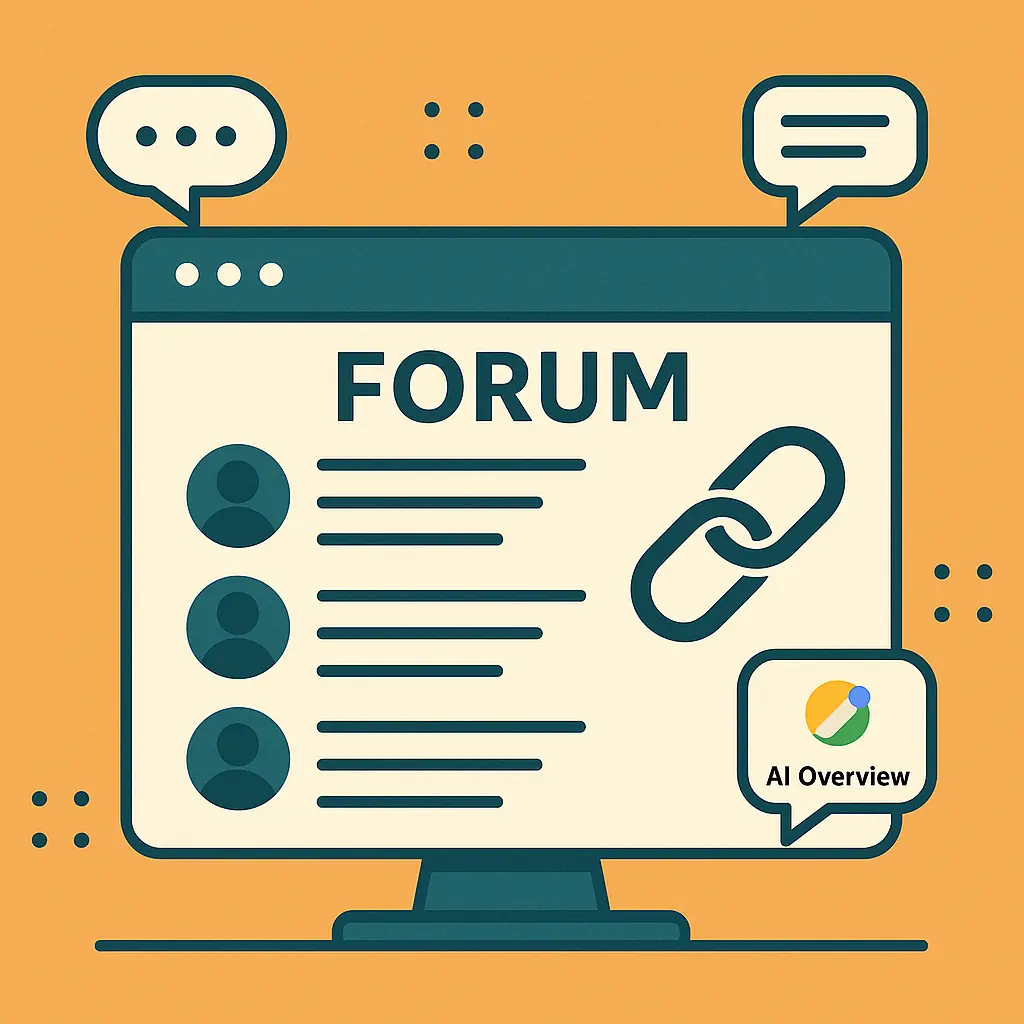

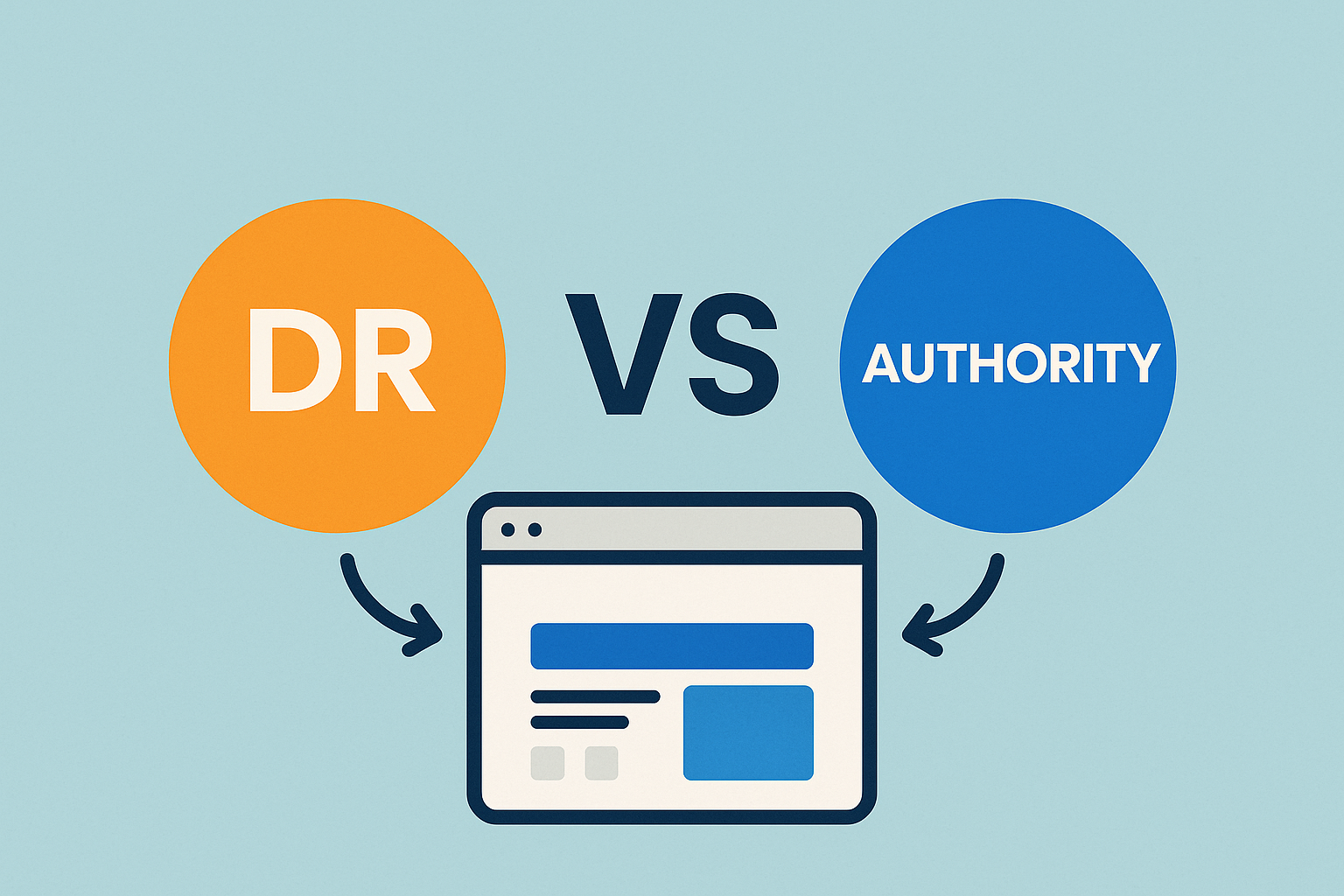
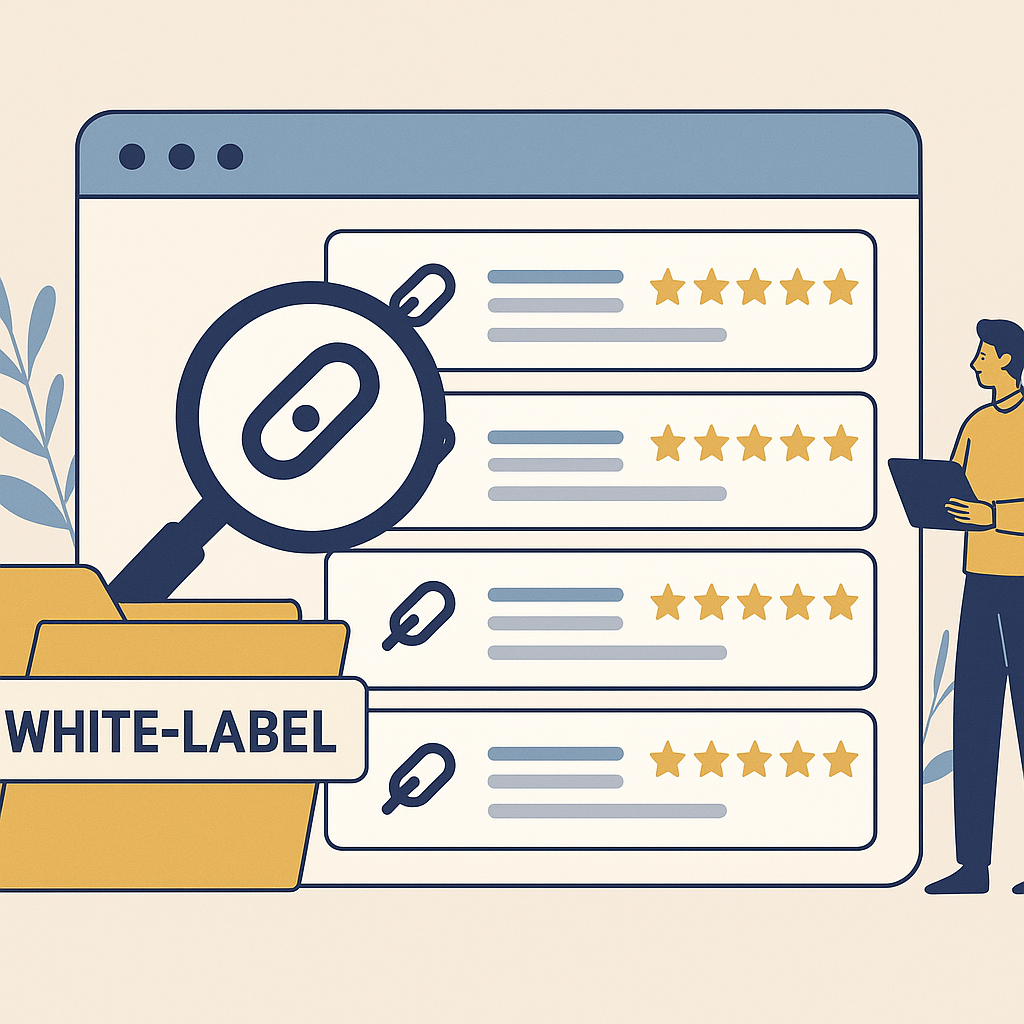


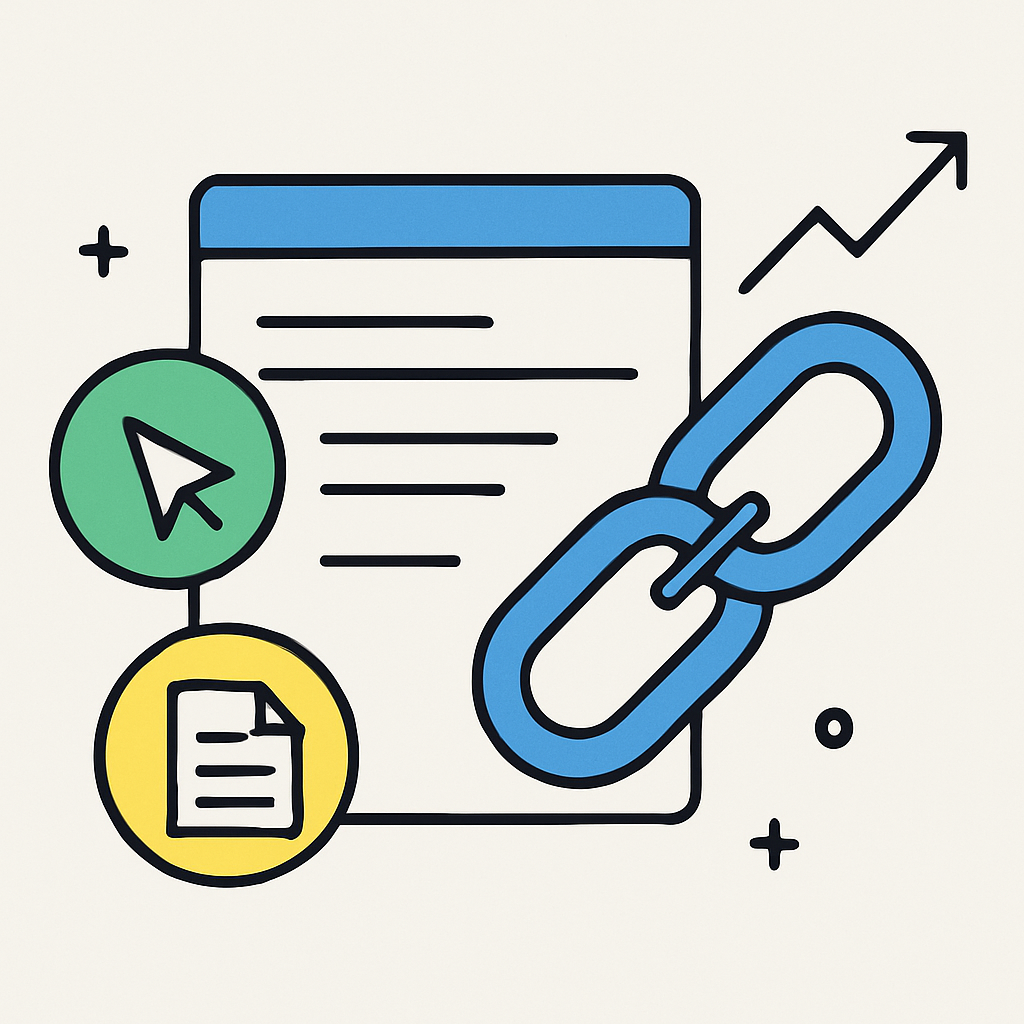

















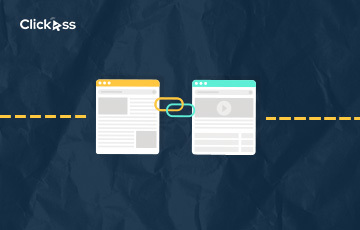
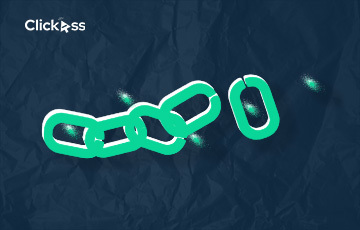


![Backlink Profile: Analysis + [2 Perfect Examples]](https://clickass.io/wp-content/uploads/2024/01/Examples-of-Perfect-Backlink-Profile3-1.webp)
